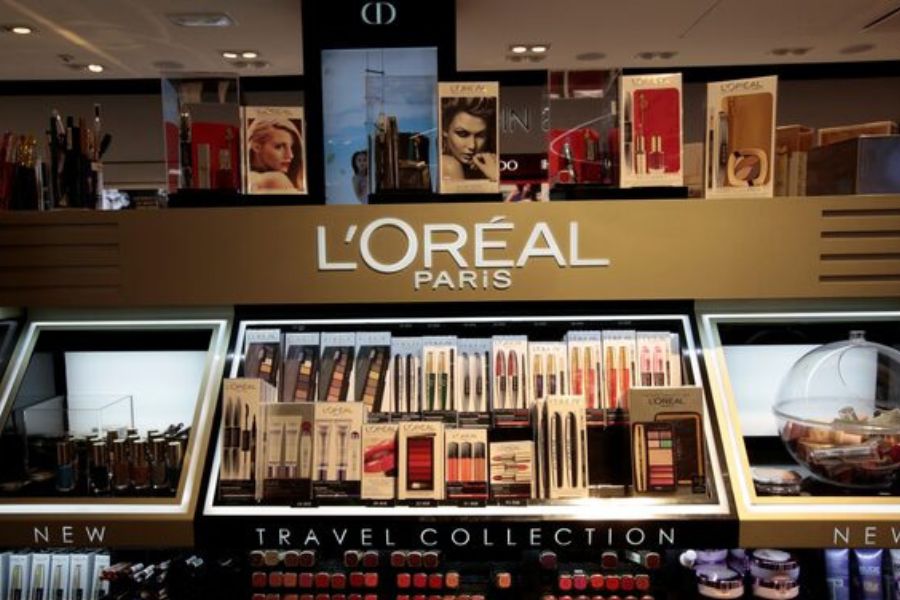After a challenging year marred by sluggish consumption and economic headwinds, India’s fast-moving consumer goods (FMCG) industry is showing early signs of recovery. Despite a lackluster festive season last year, industry leaders are cautiously optimistic that consumer demand will strengthen in the coming months.
Analysts predict a gradual rebound over the next 12 to 18 months, supported by a favourable monsoon, stable inflation, revised tax slabs, and potential pay hikes under the upcoming Pay Commission. In the January–March quarter, FMCG companies saw a 10.6% year-on-year value growth—driven largely by rural markets, which grew 11%, outperforming urban areas for the fifth quarter in a row.
To weather the slowdown, companies adapted pricing strategies by reducing pack sizes and tweaking price points to retain volume in a price-sensitive environment. Rural markets, now contributing over a third of FMCG sales, have emerged as the primary growth driver due to better monsoons and rising agricultural output. Traditional retail volumes rose to 6.2% in Q4 FY25, highlighting strong demand in smaller towns and villages. Rural demand will continue to be more than the urban demand in the coming months.
Also Read: Jessica Hawkins, Renowned F1 Driver Becomes Brand Ambassador of Elemis
The home and personal care segment led the recovery with 5.7% growth in Q4/25, while food categories, particularly staples like edible oils, lagged at 4.9% due to price hikes as compared to 6% in Q4/24. To diversify growth, FMCG players are focusing on newer categories like body wash, pet care, and deodorants.
E-commerce is also reshaping the landscape, especially in urban areas, challenging both modern and traditional retail formats. With rising online shopper penetration and changing consumption habits, brands must adapt quickly.
Also Read: How Can Sun Care Brands Gain From the Burgeoning Sun Care Industry in India?
Despite rural resilience, urban demand remains fragile due to high living costs, stagnant wages, and limited job creation. While policy measures aim to spur consumption, a sustained revival will depend on improving income levels and broader economic stability.







